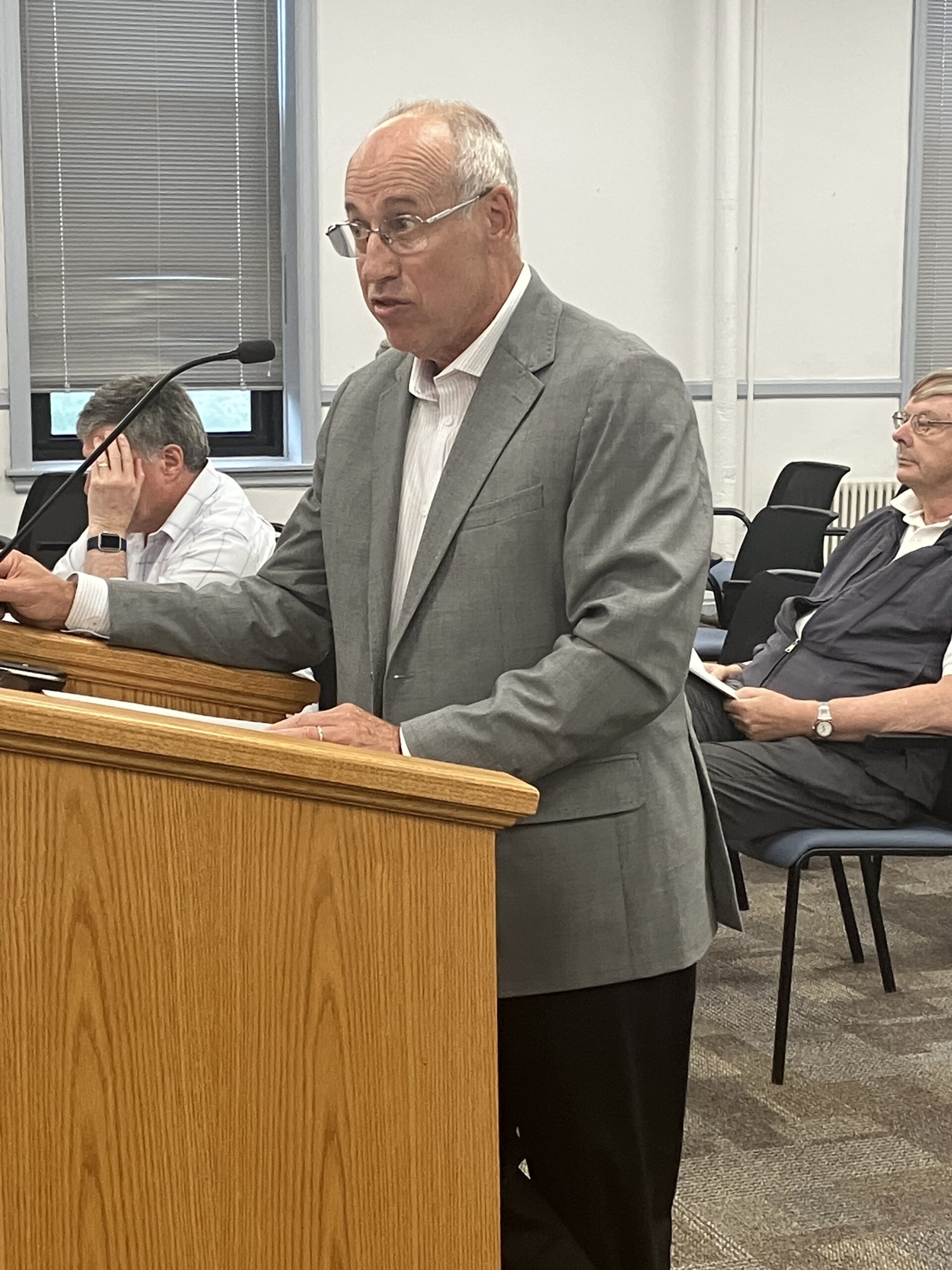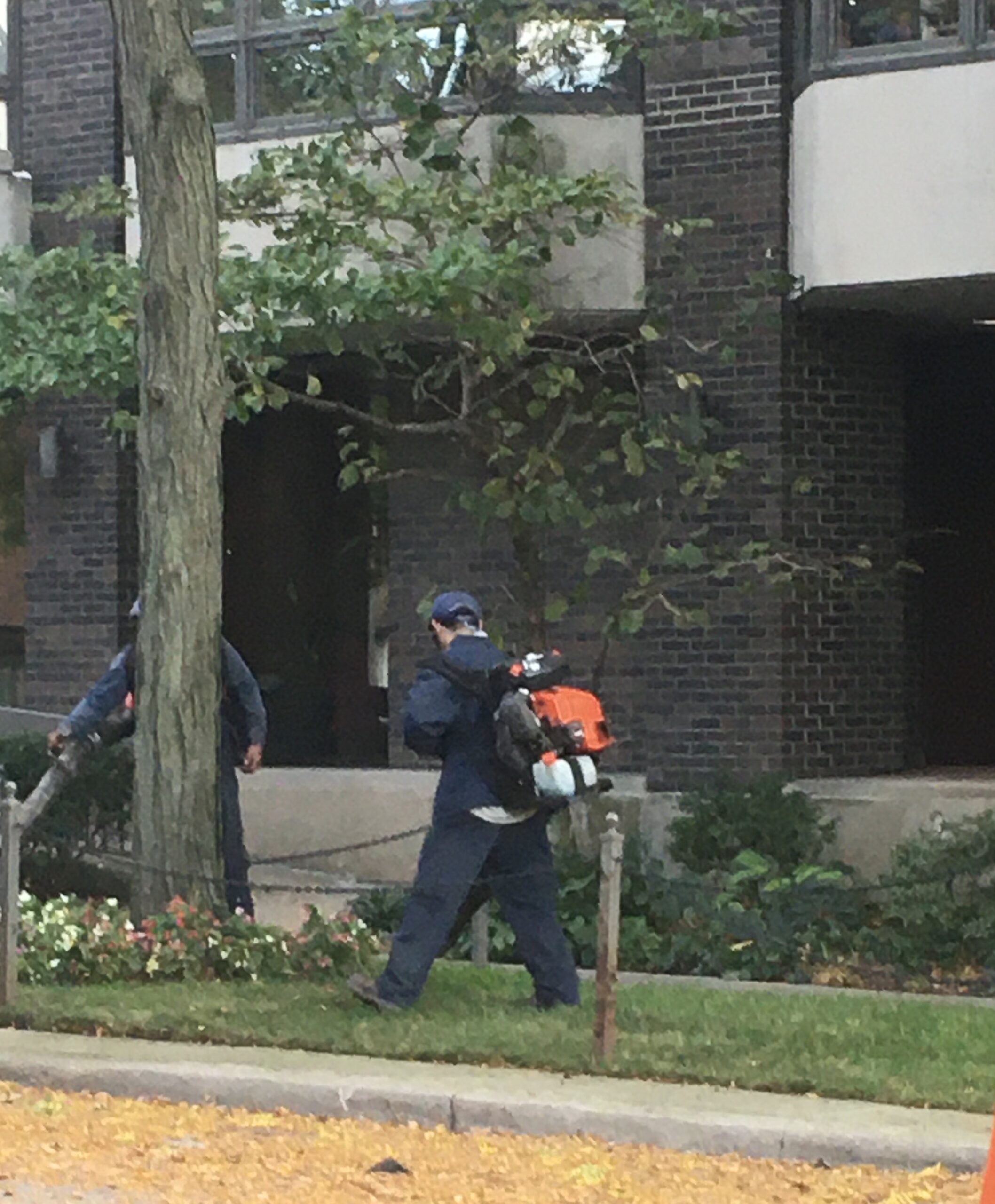By Bob Seidenberg
Members of the city’s Finance and Budget Committee on July 11 recommended adoption of a Public Safety Pension policy that would commit the city to make annual contributions to the police and firefighters retirement funds that would enable them to be fully funded by 2040.
In developing the policy, committee members worked alongside representatives of the Police and Firefighter’s Pension boards, who have been the fiercest critics of the city’s underfunding.
“The headlines are everyone is committed to get to 100% funding by 2040,” announced David Livingston, the chair of the committee, before the committee’s unanimous vote in support of the policy.
The issue next goes to the full City Council for discussion and action.
The unfunded pensions have stood as one of the city’s biggest financial liabilities over the years, regularly showing up on credit service reports flagging the high carrying costs the city is paying.
At a meeting last year, Timothy Schoolmaster, president of the Police Pension fund, pointed out that the city’s total required payment for 2022 to the funds — which go to retired police and fire employees and their families — would have been just over $7.1 million, but was nearly twice that – just under $15 million because of unfunded interest payments.
He noted at the July 11 meeting, that “the [Illinois] Municipal League [which advises municipalities] decided that 90% is sufficient and so they [(officials] take 10% over here and they pretend that is not there [to be used for pension funding]). It’s [the unfunded liability]THAT is still cranking interest figures and sometime it’s going to have to be paid.”
Although the State of Illinois requires that municipal governments have Public Safety Pension plans 90% funded by 2040, the City’s Finance and Budget committee is seeking that 100% funding be reached by that date.
“The goal of this policy is to ensure that pension benefits can be paid by adopting a long-term funding plan that systematically eliminates any unfunded liabilities while producing a contribution requirement that is predictable and reflected in the City’s long term financial forecasts,” an appendix to the resolution read.
Some other key features:
· “The Actuarially Determined Contribution will be calculated by an enrolled actuary, to be engaged by the city in consultation with the Boards of the Public Safety Pension Fund, the policy stated.
· – The Unfunded Actuarial Accrued Liability (UAAL), which is the difference between the Actuarial Accrued Liability and the Actuarial Value of Assets shall be eliminated by the end of 2040 (the Full Funding Date). Once 100% funding is achieved, the City Council shall consider if funding over 100% is desirable, to help ensure the long-term funding status of the pension plans.
· Periodic Reforecasting: To help ensure that the City is on a path to 100% funding by the Full Funding Date, the City shall engage with the Actuary to periodically reforecast the required contributions in accordance with this Policy. The City shall reflect those required contributions into its long-term planning.
· Clearly defined reporting of pension funding, including an assessment of whether, how and when the City will ensure sufficient assets will be available to pay benefits as promised.”
Possible funding sources
The sources of the pension contributions could be a Pension Property Tax levy, the maximum allowable PPRT (Personal Property Replacement Ta ), additional unrestricted revenues from the city budget.
Jack Mortell, a retired Evanston Fire Department captain and twice-elected member of the city’s Fire Pension Board, brought light to the PPRT in a presentation to the Council last year. PPRTs were established by state statute and are revenues collected by the state and paid to local governments to replace money that was lost by the local governments when their power to impose personal taxes on corporations, partnerships and other business entities.
Established in 1979, the tax was seldom if ever discussed by city budget officials in their presentations.
Mortell told Council members at that meeting that he reviewed previous budget documents dating back to 2002 on the city’s web page to see how PPRT was budgeted.
During that time, he maintained, $17.1 million of the approximately $31.5 million the city received in PPRT funds was actually budgeted.
“A paltry 13.44% of the $31.5 million PPRT revenue received these past years went for pensions,” he said.
Starting with budget proceedings later this year, officials will examine the city’s General Fund to fund a portion of the overall contribution required, said Livingston at the July 11 meeting.
“Hopefully we have a budget that is not in deficit. But if it were to be in deficit in future years, we can look at the General Fund reserve balances relative to our policy,” he said.
At that point, committee members might ask “are those available reserves sufficient that we could then bridge the gap to the totality of our required pension contribution?’” Livingston said. “And if we don’t have excess reserves, if we look to other funds and don’t have excess reserves in other discretionary funds, it’s certainly our intent … then and only then, we look to we look to a pension property tax increase to make that required contribution.”
At the committee’s June 13 meeting, committee member Leslie McMillan maintained that if raising property taxes or asset sales are used, it could end up “politicizing” the pension issue.
“If we’re going to talk about property tax — raising property taxes or selling [city] assets, those should be tied to discretionary items, like a pet shelter, like a hockey rink, like those types of things,” she said.




